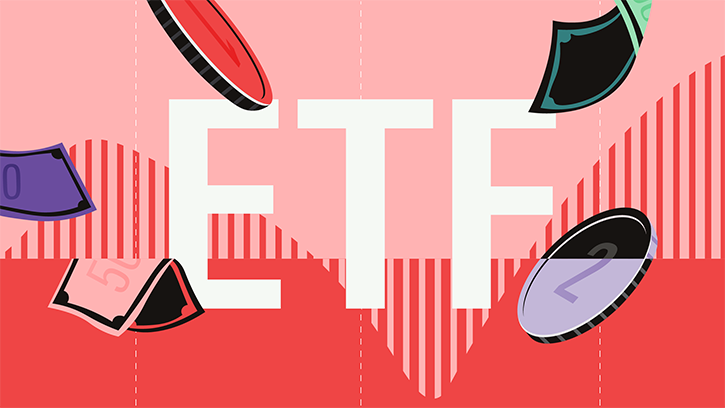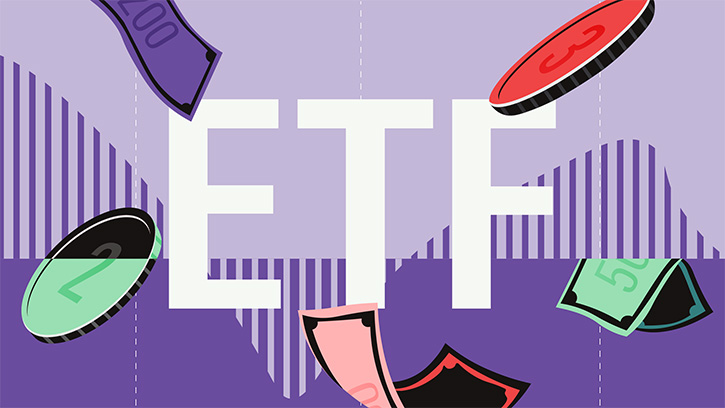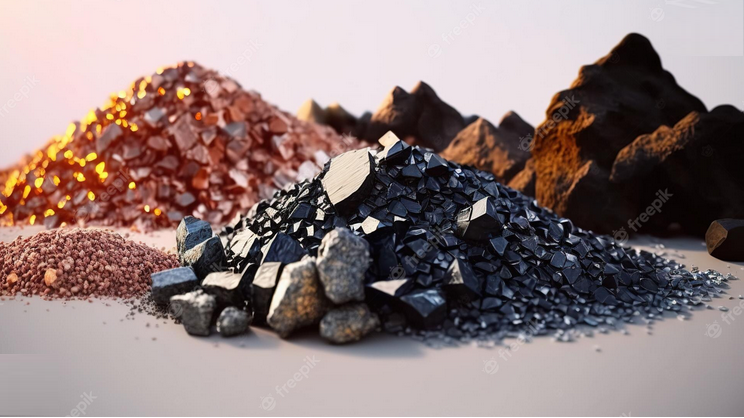
US Treasury Secretary Janet Yellen recently visited China.
During the trip she expressed not only her concern about China's state aid to its companies and restrictions on access to the Chinese market for foreign companies, but also her concern about new export controls recently announced by the Asian giant on two critical minerals used in technologies such as semiconductors, gallium and germanium. These two metals form part of what are known as critical or strategic metals.
A distinction is usually made between strategic metals and rare earth metals.
Strategic metals and rare earth metals are two different categories of metals, each with its own characteristics and significance. Here's the difference between them.
How it Works
Strategic metals, also known as critical metals, refer to a group of metals that are considered important for economic and national security purposes due to their crucial applications in various industries.
They are often essential for advanced technologies and have limited availability or high geopolitical importance. Strategic metals can include a wide range of elements, such as lithium, cobalt, titanium, tungsten, and rare earth metals.
These are "strategic" metals because these elements are usually fundamentally important sources of revenue for the exporting countries. For the importing countries, which mostly deal with the processing of these metals, they are also of strategic importance as they are used in high-tech weapon systems, automobiles, electronic goods and medical technology.
Rare earth metals are a specific group of elements that belong to the lanthanide series of the periodic table, along with two additional elements, scandium and yttrium. Despite their name, rare earth metals are not necessarily rare in abundance but are often found in low concentrations and are challenging to extract and separate economically.
Rare earth metals are valued for their unique properties and play a critical role in numerous high-tech applications. They are used in the manufacturing of electronics, magnets, catalysts, lasers, energy storage systems, and various green technologies like wind turbines and electric vehicle components.
According to the Institute of Rare Earths and Strategic Metals, "many people are unaware of the enormous impact rare earth elements have on their daily lives, but it is almost impossible to use a piece of modern technology that does not contain one".
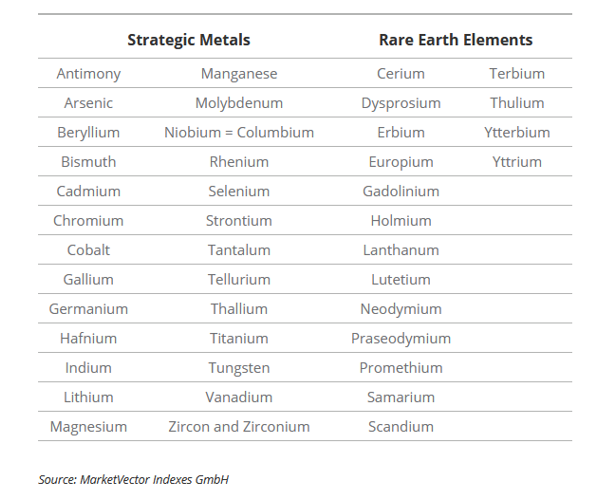
The Predominance of China
The dominance of China as the major producer of rare earth metals poses significant risks on multiple fronts. Firstly, China's monopoly in the production of these crucial elements creates a high level of dependency for countries around the world.
Rare earth metals are essential for various strategical industries, including electronics, renewable energy technologies, and defense systems. Reliance on a single country for such a critical resource exposes nations to supply chain vulnerabilities and potential disruptions, which could have severe economic and geopolitical consequences.
In terms of the total number of critical raw materials, China is the major global supplier of 66% of the individual critical raw materials. This includes all of the rare earth elements and other critical raw materials such as magnesium, tungsten, antimony, gallium and germanium among others.
Chart: Main Global Supply Countries of Critical Raw Materials
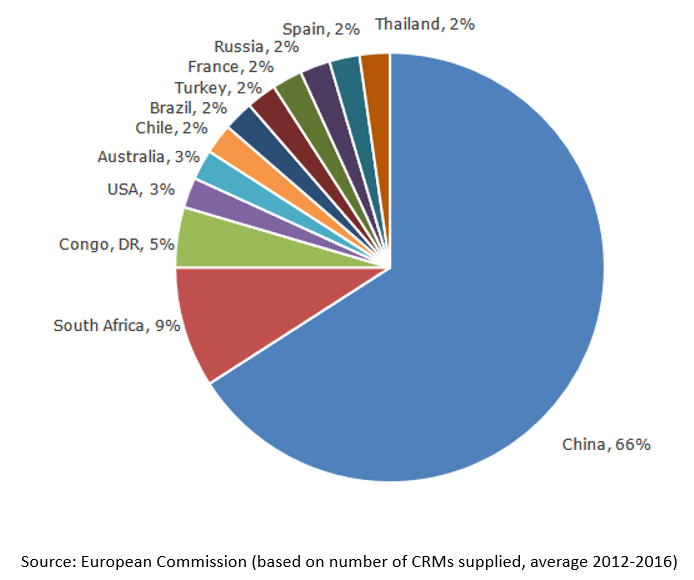
Moreover, China's control over rare earth metals gives it considerable leverage in international relations. The country has demonstrated its willingness to exploit this advantage in the past by imposing export restrictions and quotas, leading to price fluctuations and market uncertainty.
China's dominant position in the rare earth metal industry also raises concerns about environmental and sustainability issues as the extraction and processing of these minerals often involve environmentally damaging practices.
How to Invest in Rare Earth and Strategic Metals
One way to be exposed to rare earth metals and critical metals is through futures but it is certainly way to complex for particular investors (future exposure can be complicated and come with a set of risks unique to futures market structure, such as contango and backwardation).
Another way to access this space is through an investment in the companies that are involved in the extraction and processing of these metals. But here too it is probably not the easiest way for the average investor.
Certainly, the easiest way to be exposed to these commodities is through an ETF. The only ETF available to the European retail investors is the VanEck Rare Earth and Strategic Metals UCITS ETF (REMX - IE0002PG6CA6)
But it is important to mention that this ETF does not invest directly in the commodities but in stocks of companies involved in the producing, refining, and recycling of rare earth and strategic metals and minerals.
A first important aspect warned by the ETF provider itself is that "because many rare earth and strategic metals are produced in combination with a wide range of other metals, including widely mined precious and base metals, it is difficult to quantify the portfolio level exposure to each individual metal in REMX".
A second is aspect that investors should consider is that the Vaneck ETF's portfolio differs greatly from any ETF in the metals and minerals sector. If we compare the most recent portfolio of the Vaneck ETF with that of a fund such as the BGF World Mining, their top 10 holdings are completely different.
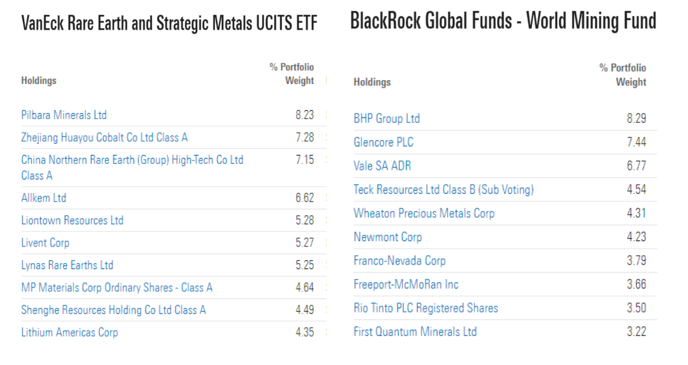
The Top 10 countries are also fundamentally different. One third of the VanEck ETF’s portfolio is invested in Chinese companies.
Table: Comparison of Top 10 Countries

All this explains the very uneven performance of this ETF when compared over the medium to long term with any fund or ETF in the mining sector.
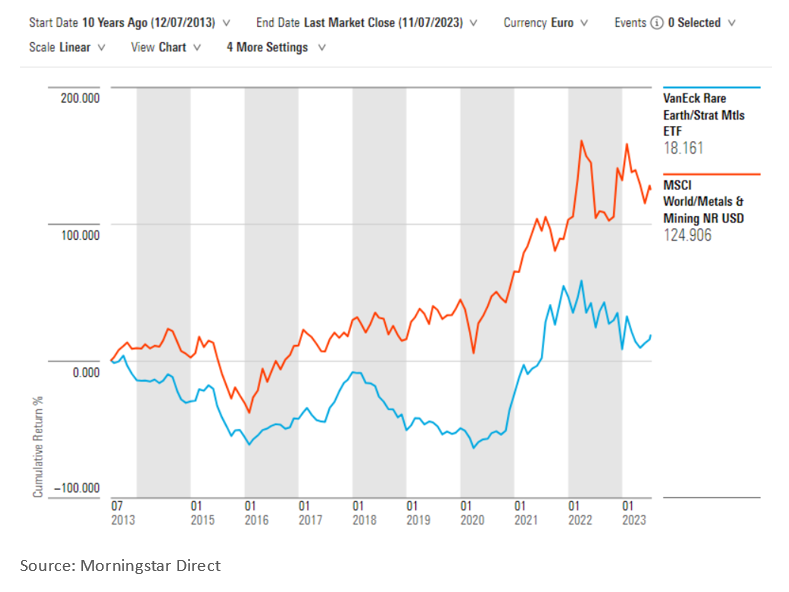







.jpg)

